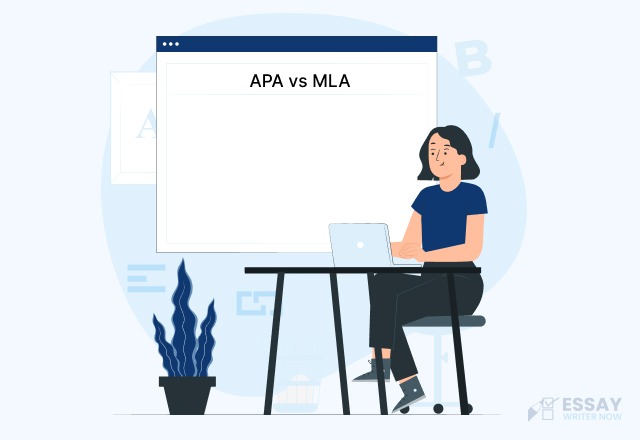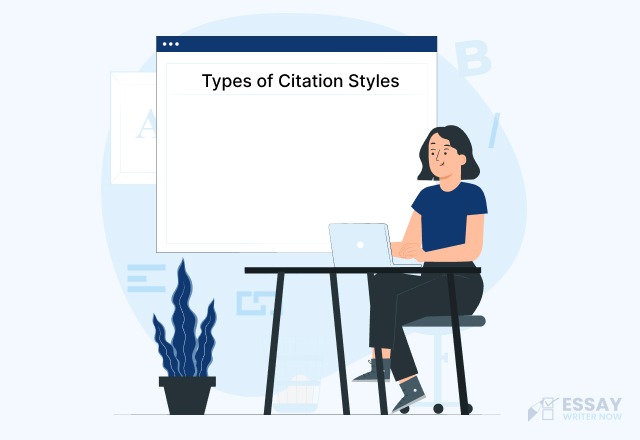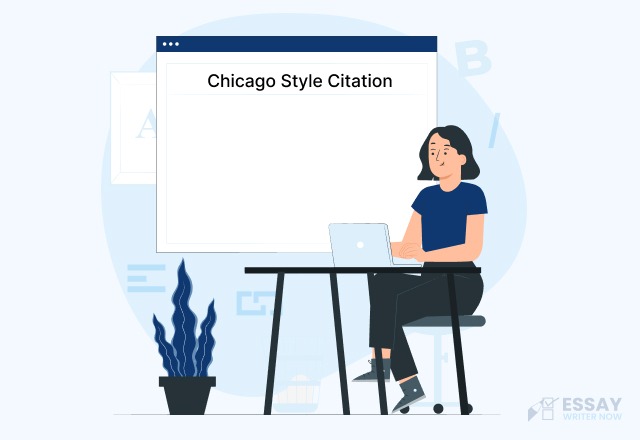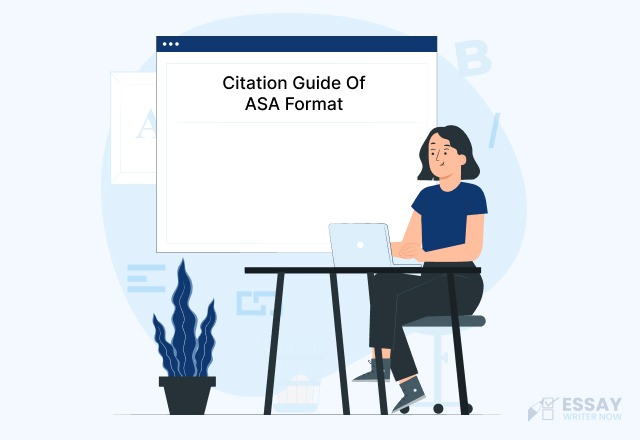APA vs MLA - Standard Guidelines
The American Psychological Association publishes the set of rules known as APA format. This set of rules helps authors to add references and citations in an easy-to-understand way.
APA formatting is a system of writing that differentiates itself from other formats. From paper layout to reference style, you will have to pay close attention to each and every detail.
The American Psychological Association (APA) has established a standardized format for writing psychology papers. It includes providing detailed information on paper design, APA references, and publication.
Format Guidelines for APA
APA standard includes:
- The title is centered.
- 12 Times New Roman.
- All the margin should be one inch.
- Footnotes to be double spaced.
- All lines are to be double spaced.
- A number on the upper right corner of each page + short work title.
- Reference list in the bibliography.
- In-text references to show the name of author, page number, and publication year.
- Include abstracts for lengthy papers.
- The paraphrased idea with the name of the author and year in the parenthesis.
- Write the authors’ names in an alphabetical work order in a list of reference pages.
- The author’s name should be included as the last name first followed by the initials of the first name.
Format Guidelines for MLA
MLA standard includes:
- All lines should be double spaced.
- 12 Times New Roman.
- For all margins - One-inch.
- For authors and works - follow the alphabetical order
- Direct citations have only name of author, date and, page number, without a comma
- No extra line-break or space in between citations
- Page number along with the name of the author on the upper right corner.
- Titles for articles in quotation marks
- Indirect citations have a single page
- A bibliographical list of works
MLA style was developed by the Modern Languages Association to guide writing and research involving literature, languages and other humanities.
Major Differences of APA vs. MLA
Below are the major points of difference between the MLA and APA formats:
| APA | MLA | |
|---|---|---|
| Title Page | Student name, name of institute, course name, and deadline. | Name of the professor, your full name, the course title, and the paper’s deadline are in the header of the first page. |
| Heading | Running head with a short paper title and the page number. | The heading at the top of the first page that has the above-mentioned details. |
| For Editors and Authors | The APA format requires the author, editor, and compiler's name to be listed in the references. | Authors, editors, and compilers are mentioned in the citations you put in parentheses. Their entire descriptions will be listed in the "Works Cited" section at the end of your project. |
| Bibliography | In APA style, the reference list follows an alphabetical order by author name after work that follows an alphabetical order. | MLA citations follow an alphabetical order by the name of the author, followed by the title. |
| Multiple Work - Same Author | List the works in chronological order, with the most recent work first. | The first listing is by the author's name. The following entries are in alphabetical order by title name, which ends with a period. |
| Articles Titles | In APA, articles are not put in quotation marks, and only the first word is capitalized. | In MLA format, titles should be placed in quotation marks and capitalized the first letter of each word. |
| Citation | John, C. D., & Helen, L. F. (2007). The race between education and technology. Belknap Press of Harvard University Press. | Christian, Stephan. Guide to Literary and Critical Theory. Purdue U, 28 Nov. 2001, www.cla.purdue.edu/english/theory/. Accessed 10 May 2007. |
| Intext Citation | In APA pattern: (Name, Year, page number) such as (Kristine, 1991, p. 50). | In-text parenthesis is used to cite the work. (Name page number ) such as (Kristine 50) |
When to Use APA vs. MLA?
Here are brief points to keep in mind when deciding which format to choose:
- MLA and APA are both styles of writing. MLA is used for literary studies and APA is used for social sciences. If you are writing about fiction, use MLA because it allows you to add more details to the paper.`
- APA in-text citations are the best choice when writing short publications such as academic or journal articles. Unlike MLA format, writers do not need to add additional information about their sources in a references list.`
APA vs MLA Format Examples
Here are the PDF examples for your consideration to understand better.
APA vs. MLA Annotated Bibliography
An annotated bibliography describes the source you found helpful in your research. It also tells why you used that source. You may also tell how you used the source, such as by summarizing or quoting directly from it.
To create an annotated bibliography, you must explain why a source is useful for your paper and how it helped you.
Annotated bibliographies are lists of books, articles, and so forth that have been used as sources for a paper. The difference between MLA and APA is that they use different styles of citations.
Annotated bibliographies include lists of books, articles, and other sources that have been used when writing a paper. The difference is that APA citations use parenthetical referencing and MLA citations use foot or endnotes.
In both cases, you need to cite the sources and add a brief explanation of how you used them in your paper.
Here are examples of how to do this using these two citation styles:
- APA Style Annotated Bibliography
Forsyth, M. (2014). The elements of eloquence: Secrets of the perfect turn of phrase. Penguin Books. The English language is examined in this book by Mark Forsyth, who focuses on linguistic techniques. He discusses how pattern and structure aid in the creation of memorable quotations. He traces the history of rhetoric from its beginnings in Ancient Greece through to today's usage and development.
The book's second part explores the relationship between persuasion and rhetoric in greater depth, as well as the broader topic of persuasion. He examines more than thirty strategies, including prominent portions and phrases from pop music, William Shakespeare's writings, the Bible, and other works to see how these formulas have been utilized to create famously memorable sayings.
This essay covers structure in great detail, providing examples of how to utilize these formulas to create memorable phrases in your own writing.
- MLA Style Annotated Bibliography
“What Guidance Should I Give My Students for Preparing an Annotated Bibliography?” The MLA Style Center, The Modern Language Association, 4 Nov. 2016, style.mla.org/annotated-bibliographies/. This article provides clear and concise instructions for MLA formatting of a bibliography with annotations. It cites James Harner's On Compiling an Annotated Bibliography as a source of guidance for writing annotations in either paraphrase or commentary form.
The MLA provides advice on how to write annotations and benefits students who are researching a subject. The advice is tailored to answer a question posed by an instructor, but students and researchers may also find the guidance helpful.
In conclusion, writing citations is an integral part of academic writing. In simple terms, you need to understand the difference between APA and MLA in order if you want to include the right citations in your research paper.
If you are writing about a piece of work that does not have a publication date, use APA. If you are writing about a fictional work or a short publication, use MLA.
Confused? Try to discuss with a professional essay writing service to write perfect citations.







